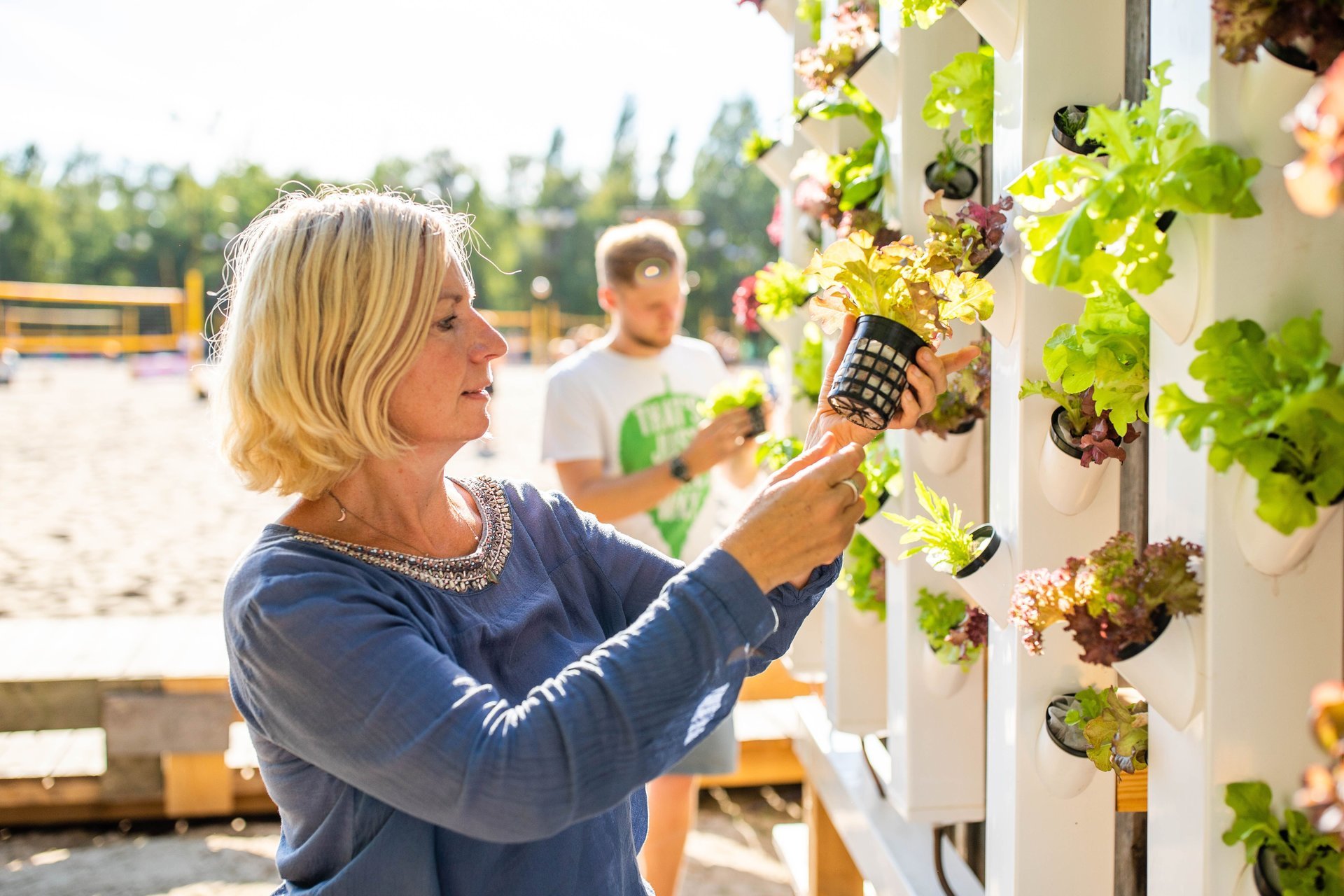
From October 5 to 9, the third edition of the Photonics Applications Week will take place. In this series, Innovation Origins highlights the breakthrough that the application of photonics has meant for three different fields: medical care, the gaming industry, and vertical farming. Today, Part 3: You can influence the shape and color of plants during their cultivation with special lighting in vertical farms.
“The market for vertical farming is growing,” says Sebastian Olschowski, a biologist at the bioengineering company Fluence, part of the Munich-based lamp manufacturer Osram. And this cannot be achieved without photonics. After all, plant growth is dependent on light due to the photosynthesis process it undergoes.
Vertical farming is gaining traction over the past five to ten years. Plant and flower growers set up farms within an enclosed space. The plants are then grown in multiple layers on top of each other.
Light influences shape and color of plants
The climate inside a vertical farm is regulated by nutrient supply, temperature, and lighting. Olschowski is an expert when it comes to lighting. The company he works for supplies the lamps. Olschowski is researching the effects of different light frequencies on plant growth. “We know that plants are able to perceive different frequencies of light. We also know how different types of light affect the plant’s metabolism, color, and shape.”
At the request of plant growers, vertical farms are set up on the basis of this science and the research that Olschowski is conducting in collaboration with universities and research institutes. A grower can, for example, ask the biologist how they can increase basil production so that they can sell more of it. Adjusting the lighting is one way of doing this.
A plant that needs to blossom quickly is subjected to a shorter night. The lighting is switched on earlier in the morning to provide more light. The lights are switched on later for plants that do not need to flower quickly.
Lighting formula is not a ‘one size fits all’ solution
However, these types of lighting formulas are not ‘one size fits all’ solutions, Olschowski notes. “Various light spectra and light intensities have a different effect on one group of plants than on another. A certain amount of extra infrared light when growing basil leads to longer stems. That doesn’t necessarily work like that with another plant.”
Several videos on YouTube present vertical farming as a possible solution for world population growth and to the lack of space for growing food crops such as grains. But Olschowski does not think this is very realistic. “Setting up a vertical farm is expensive and consumes a lot of electricity. In countries where the days are long, growing grain on fields is much more efficient. After all, the sun shines for free.”
Fewer pesticides
One advantage is that vertical farms that have good phytosanitary measures in place require fewer pesticides or even none at all. “At least if you know how to keep pests out. That’s definitely an advantage then.”
But if farming on land is just as good, why set up these expensive vertical farms? That’s because certain crops, such as leafy vegetables that do not last long, can be grown very close to their consumers like those in large cities, says Olschowksi. They can then be delivered to shops and the hospitality sector immediately after harvesting.
Moreover, there are plenty of vegetables that you want to eat in winter but can only grow outdoors in summer, like lettuce for example. “By growing them in a vertical farm, you are assured of quality all year round.”

